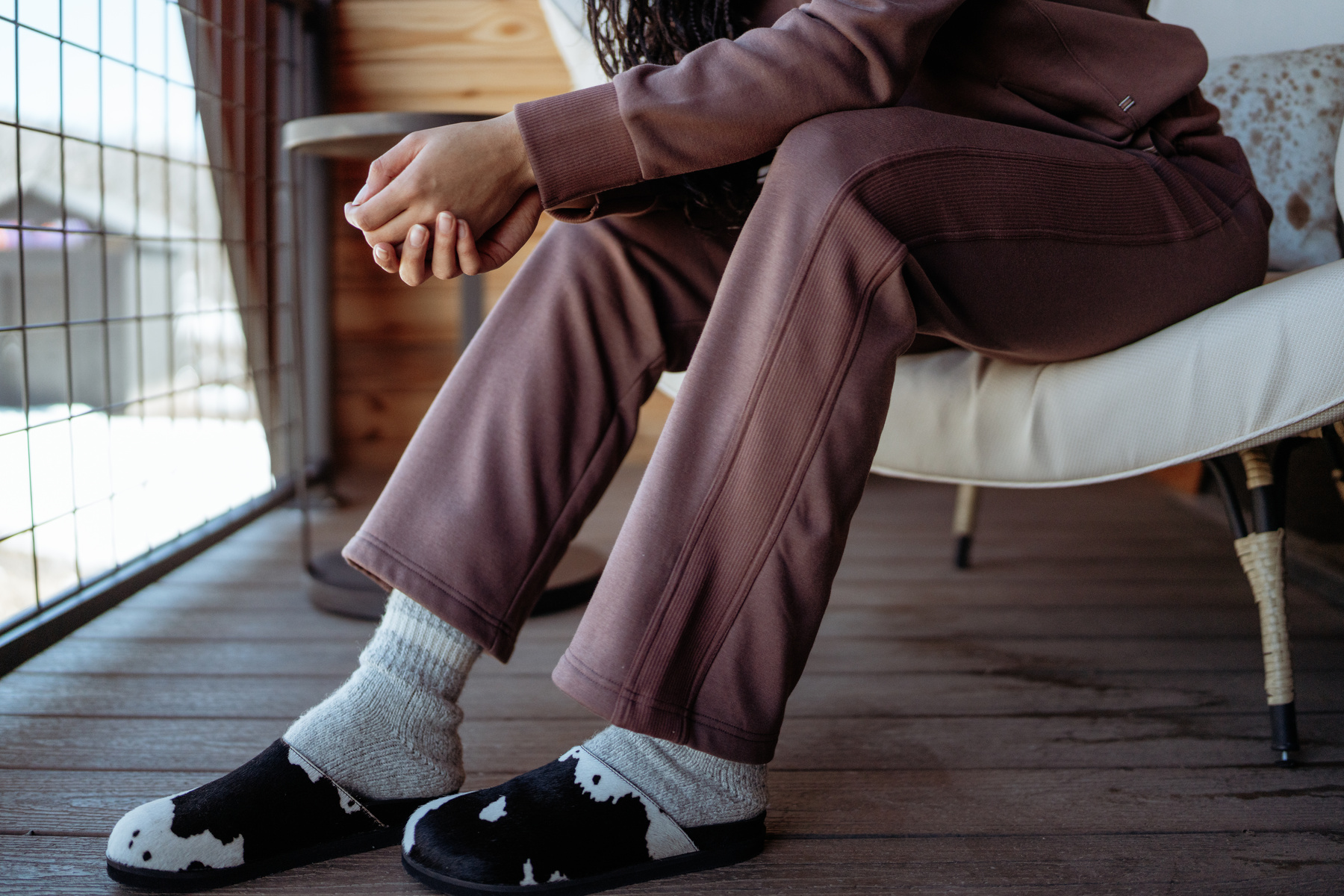There are hundreds of female superheroes in both the DC and Marvel universes, but after 19 superhero movies in recent years, we’ve only just started seeing these amazing super women getting their time in the limelight.
With the success of “Wonder Woman” — arguably the best DC movie to date — it appears we’re taking a step in the right direction, but we’re not there yet.
Some argue that we’ve made actual progress because a film that is heroine-centered was released and treated like any other superhero movie. As it currently stands, when strong female characters make their way to center stage in film, it’s a huge freakin’ deal. It’s disappointing that our society is still in a place where we have to examine our movies this way, but even so, there’s no denying that the statistics on heroine-centered films are numbers worth looking at.
Which women have made their way into the superhero universe and what can directors do in the future to ensure female superheroes get their due in a fair and balanced way? Here’s a look at the current state of women in these comic-inspired films.
Using the Bechdel Test on superhero movies
On a feminist level, movies, whether they feature superheroes or just normal human beings, are judged based on the Bechdel Test. The Bechdel Test originated from a 1985 comic, but has since become a standard way for movie critics to analyze the strength of a film’s feminine representation. There are currently 7,261 movies in this database.
A movie has to meet three criteria in order to pass the test:
- The movie has to have at least two female characters.
- These characters have to have at least one conversation throughout the course of the movie.
- The conversation has to be about something other than a man.
It seems like a pretty low bar, right? Unfortunately, it’s often too high for many filmmakers. Just over half of all movies rated so far pass this test. Even the ones that do pass do so by the skin of their teeth, often simply because their female characters have a single conversation about something other than a male character — one conversation out of a 2-hour movie.
Marvel heroines in male-focused movies: From Jane Foster to Peggy Carter
It’s important to note that there are quite a few female characters that are only featured in the Marvel TV shows, and while they do deserve their due representation, we’re focusing on movies in this article. Marvel currently holds the title for most female heroes in its films. DC currently has two if you’re not counting the DC television shows, but we’ll discuss DC more in a moment.
The “Iron Man” movies introduced Scarlett Johansson’s Natasha Romanov, the Black Widow, and Pepper Potts, who later becomes quite the hero — she even saves Tony Stark’s life after being injected with Extremis in “Iron Man 3.”
“Thor” introduced fierce scientist Jane Foster, played by Natalie Portman, and the Lady Sif, an Asgardian warrior who can hold her own in a fight but ends up being frequently overshadowed by her male co-stars.
Captain America may be the main superhero in his titular films, but they don’t lack for strong female characters — Peggy Carter did get more screen time in her spinoff TV show, but she was also an integral character in “Captain America: The First Avenger.“
Marvel’s Superhero Team movies embrace more capable female characters
There’s another genre of Marvel films that focus on groups of heroes banding together. “Guardians of the Galaxy” introduced sisters Nebula and Gamora — daughters of the mad god Thanos who start out seeking the Infinity Stone and later end up joining the Guardians.
“The Avengers” brought together most of the male characters, with Black Widow the only female superhero in the film. She isn’t the only female character, though — S.H.I.E.L.D. agent Maria Hill makes her first appearance in “Avengers.” She may not have any superpowers, but she can hold her own against any of the heroes or villains in the film.
“Age of Ultron” — the second “Avengers” film — introduced another fantastic female character. Wanda Maximoff, the Scarlet Witch, gets a chance to show off her skills as one of the most powerful magic users in the Marvel universe.
There are plenty of other characters I could talk about, because there are so many fantastic female characters in the Marvel Cinematic Universe — the “X-Men” franchise is full of them, but we’ve got a limited amount of space so we’ll stick to the core Marvel movies.
The Bechdel Test for Marvel movies
With all of these wonderfully dynamic characters, you have to figure that most of these movies pass the Bechdel test, right?
Barely over half of the Marvel movies pass the test. Since they rely on primarily male characters, the female characters are often relegated to sidekicks or spend their time talking about their male costars. “Iron Man,” the movie that really launched the Marvel Comics universe, features just two female characters, Pepper Potts and the reporter Tony sleeps with in the beginning of the film, who speak to each other exclusively about Tony Stark.
DC Heroines: From Wonder Woman to Harley Quinn
The DC television series have so many fantastic female characters — but again, we’re focusing on movies, and in the big-screen universe, DC is severely lacking on female representation.
“Wonder Woman” is definitely the highlight of the DC universe. It is the first superhero film to feature a female main character. While the movie itself was amazing, it has been steeped in controversy since the first trailer went live. “Wonder Woman” is saturated with gender politics — which itself isn’t a surprise, since Diana Prince has been a feminist icon for decades since her creation in 1941.
Other DC movie heroines in recent memory include several from the cast of “Suicide Squad,” specifically Harley Quinn, Katana and Enchantress, and of course the iconic Selena Kyle as Catwoman, played by everyone from Eartha Kitt to Anne Hathaway.
When it comes to the Bechdel Test, around 40% of DC movies pass. “Wonder Woman” obviously passes, but, surprisingly, so do “Superman II” “III” and “IV.” Others, including “Green Lantern,” “Batman vs. Superman: Dawn of Justice” and “The Dark Knight Rises,” all fail.
The success of “Wonder Woman” shows we have started making progress in regards to female representation in superhero movies. Still, many of the superhero movies are based on characters created during the “comic book Golden Age,” the ’40s and ’50s, when the perfect hero was a burly white man.
Today, there is no excuse for so many of these movies that feature amazing female characters to fail the Bechdel test. We’re moving in the right direction, until a movie like “Wonder Woman” can be released as simply a “superhero movie,” not a “female superhero movie,” we’ve still got a ways to go.
- Superhero Movies Are Dying in the Age of Coronavirus – Popdust ›
- “The Witch,” Satanic Feminism, Lana Del Rey, and Wicked Women – Popdust ›
- 10 Best Female Characters in the Marvel Cinematic Universe – Popdust ›
- The History Of The Bechdel Test, And What It’s Actually Measuring – Popdust ›
- Harley Quinn, Megan Thee Stallion, and Halsey Find Revenge On “Birds of Prey” Album – Popdust ›














